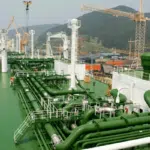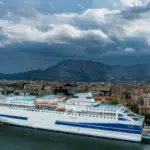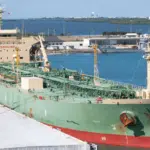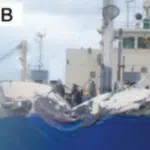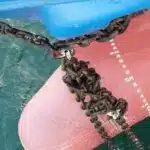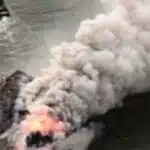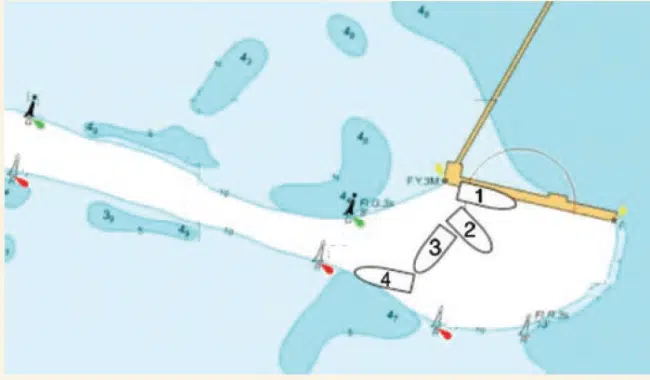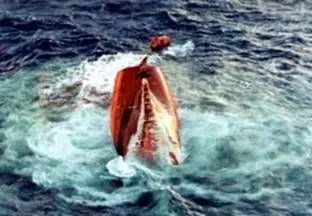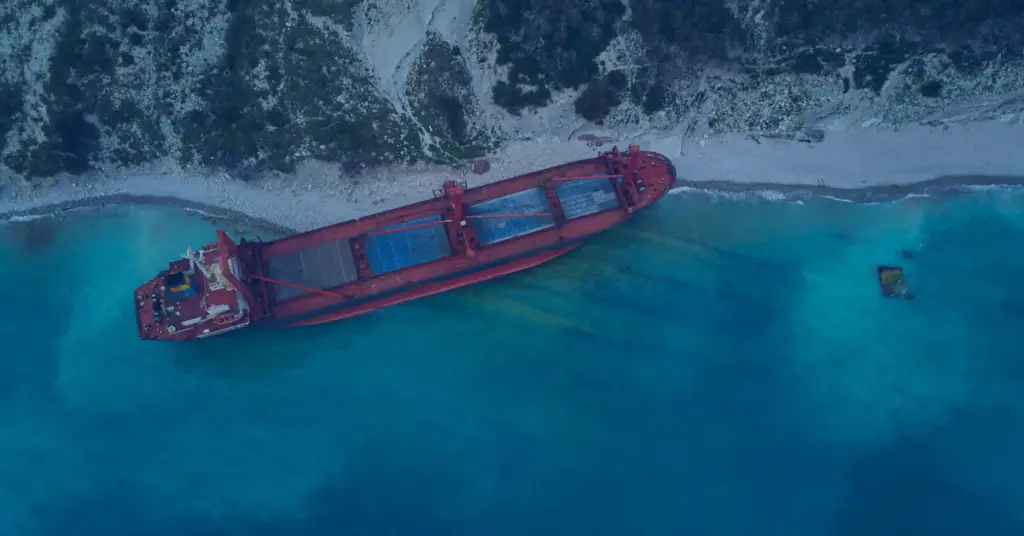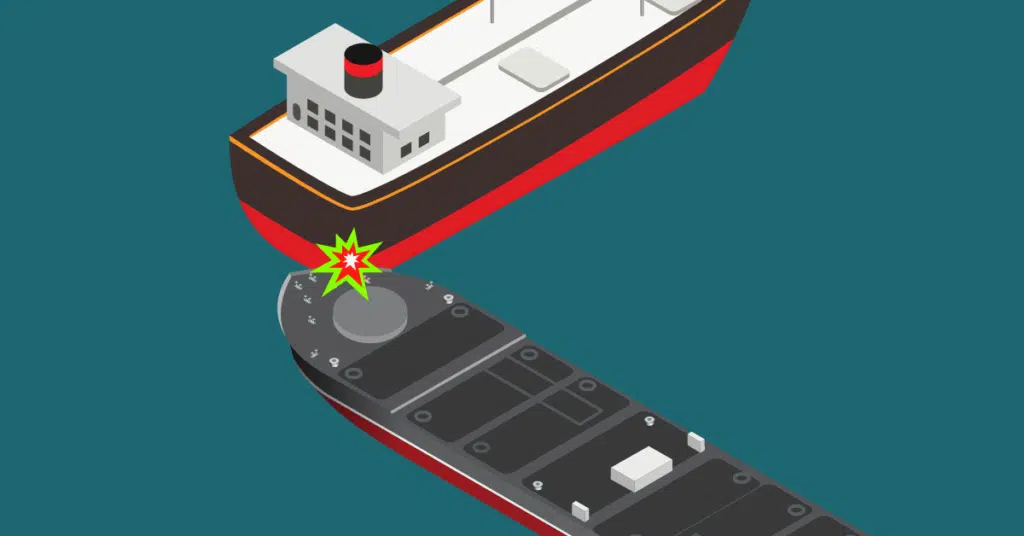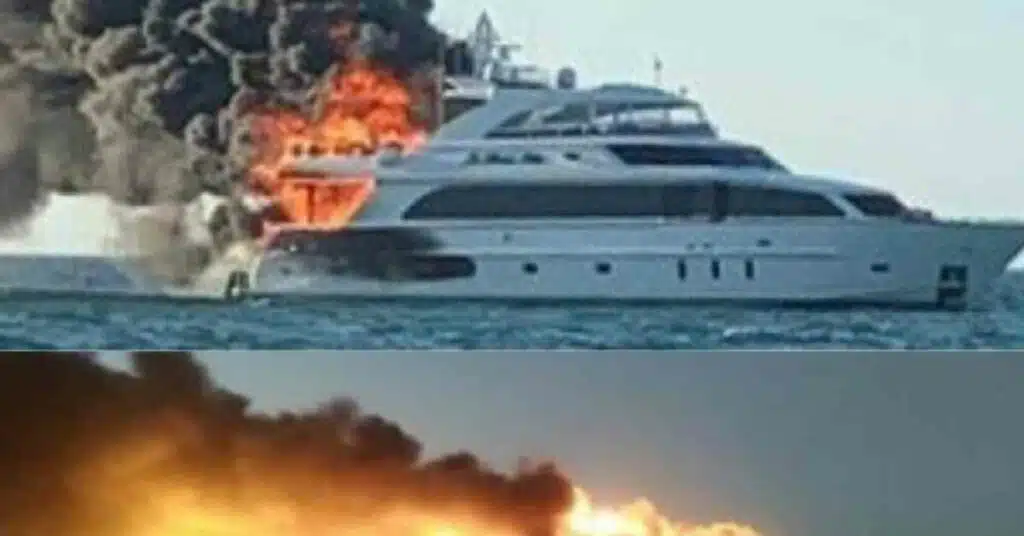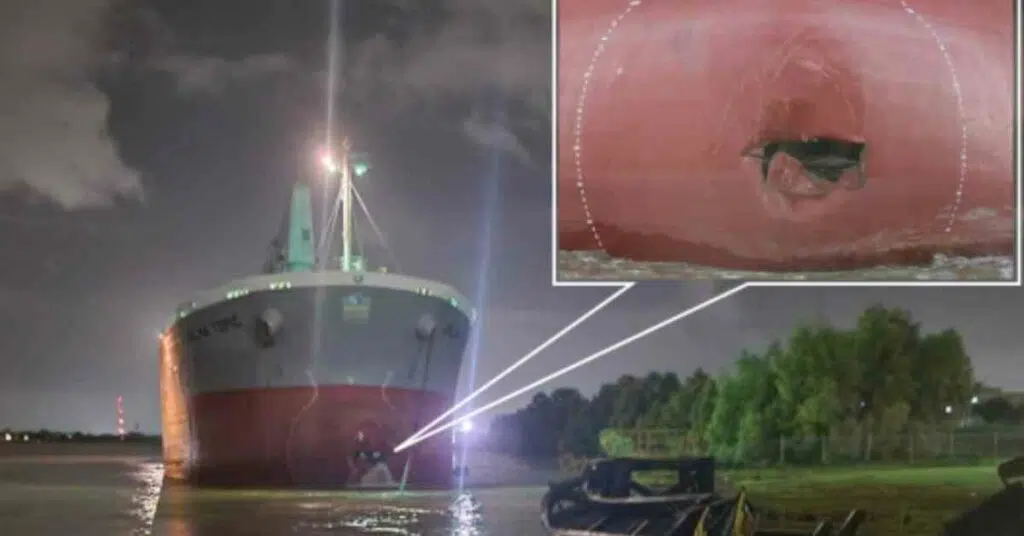Real Life Incident: Collision Of Ships Occur Due To Fog, One Vessel Sinks
A loaded bulk carrier, vessel A, was heading 022° in very restricted visibility. The Master and Chief Officer (CO) were in the wheelhouse with a helmsman and lookout. The engine was put on stand-by and the vessel speed was reduced from 13 to about 11 knots. The bridge team noticed a vessel (B) on the radar at a distance of about six nm on a near reciprocal course approaching at a speed of six knots.
The Master ordered a course alteration from 022° to 050°. The distance to vessel B was now 3 nm with a CPA of only 490m. Once on a heading of 050° the Master ordered ‘Steady’.
Related Read: 10 Important Points Ship’s Officer On Watch Should Consider During Restricted Visibility
About this time the CO called vessel B on VHF radio and agreed to a port-to-port meeting, although the communication was hampered by language difficulties and ambiguous statements. Soon after the Master of vessel, A ordered a course of 060°.
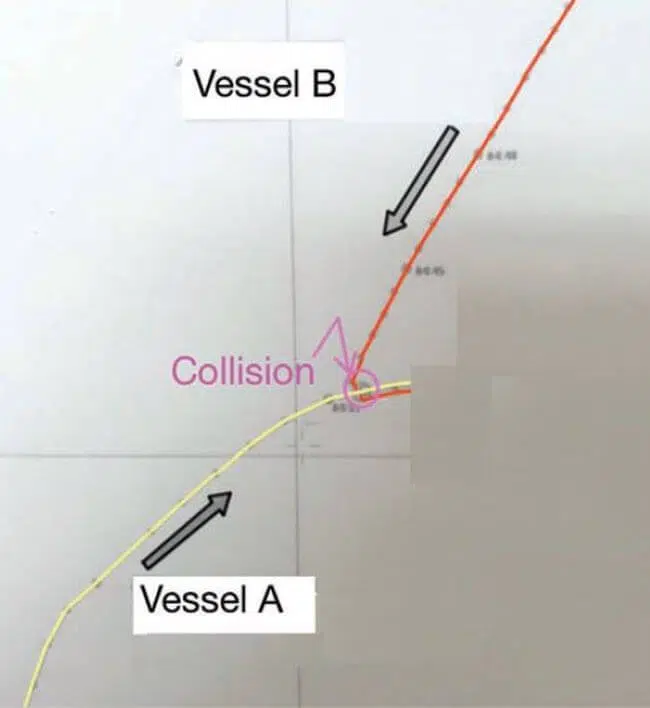
A few minutes later vessel B started turning to port, instead of turning to starboard as was expected for a port-to-port passing. The Master on vessel A ordered 070° and then 080°. Shortly thereafter a green light was spotted ahead and they felt the vibration of an impact. The engine was stopped and the alarm sounded. Once the vessels disengaged, vessel B sank while vessel A had water ingress into its forepeak tank.
Related Read: What is Crash Manoeuvring of Ship in Emergency Situation and what’s its Procedure?
Since the vessels were close to shore the local coast guard rendered assistance to the crew of vessel B who had abandoned into a life raft.
Lessons learned
- As per the Colregs, in restricted visibility (Rule 19) avoid altering course to port when there is a vessel forward of the beam.
- Use clear and unambiguous communication when making meeting arrangements with other vessels, especially in restricted visibility.
Related Read: Two Incidents That Prove Improper Communication Leads To Accidents At Sea
- When altering course for collision avoidance use bold course alterations instead of a series of relatively small course changes. This will make your actions more apparent to the other vessel’s bridge team.
Reference: nautinst.org
Do you have info to share with us ? Suggest a correction
About Author
Marine Insight News Network is a premier source for up-to-date, comprehensive, and insightful coverage of the maritime industry. Dedicated to offering the latest news, trends, and analyses in shipping, marine technology, regulations, and global maritime affairs, Marine Insight News Network prides itself on delivering accurate, engaging, and relevant information.

About Author
Marine Insight News Network is a premier source for up-to-date, comprehensive, and insightful coverage of the maritime industry. Dedicated to offering the latest news, trends, and analyses in shipping, marine technology, regulations, and global maritime affairs, Marine Insight News Network prides itself on delivering accurate, engaging, and relevant information.
- Real Life Incident: Vessel Collision in Good Visibility
- Real Life Incident: Severe Injury To Deck Crew While Leaving Berth
- Real Life Incident: Departure Damage in Very Restricted Waterway
- Real Life Incident: Low Situational Awareness Has High Impact Consequence
- Real Life Incident: Fouled Anchor in a Designated Anchorage
- Real Life Incident: Fire On Barge Carrying Scrap Metal Causes $7 Million Worth Of Damage
Latest Case studies Articles You Would Like:
Subscribe To Our Newsletters
By subscribing, you agree to our Privacy Policy and may receive occasional deal communications; you can unsubscribe anytime.




